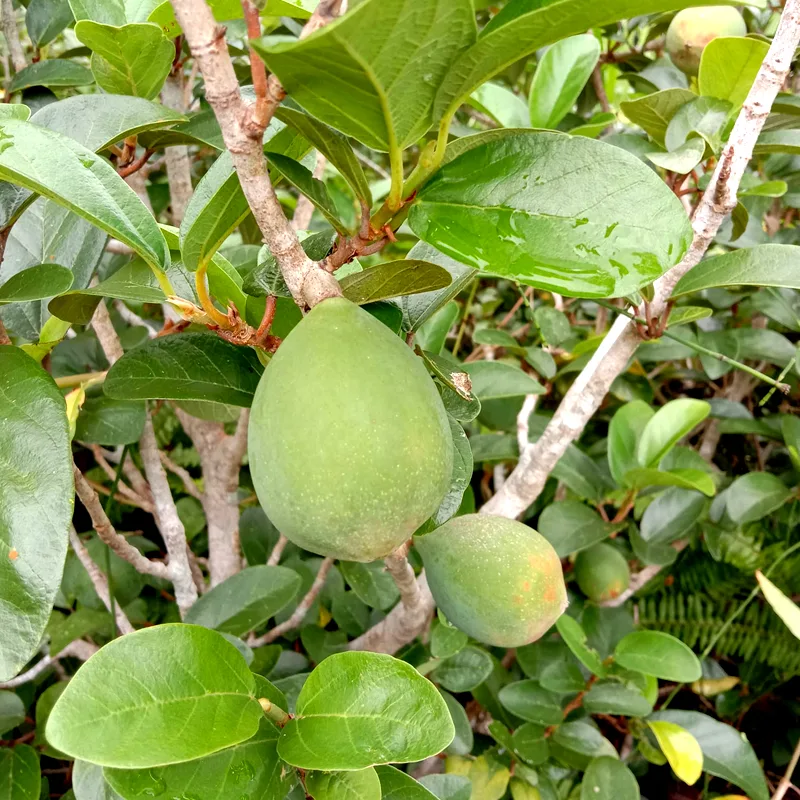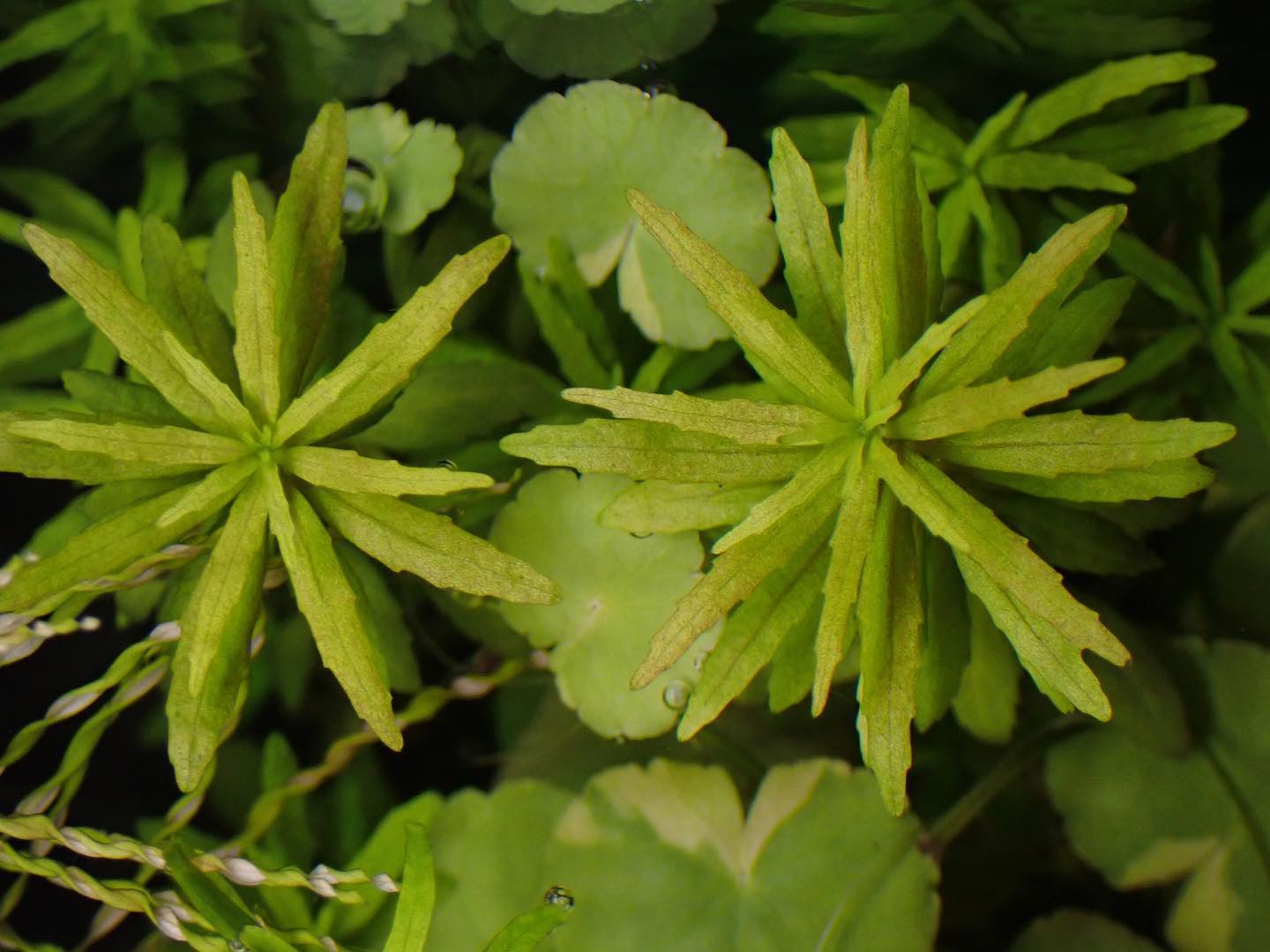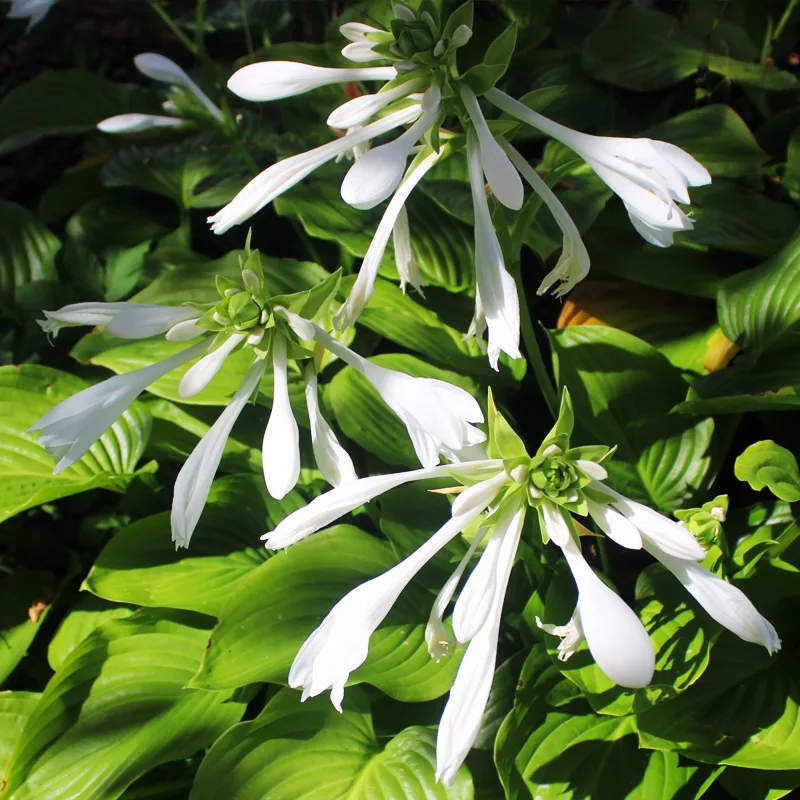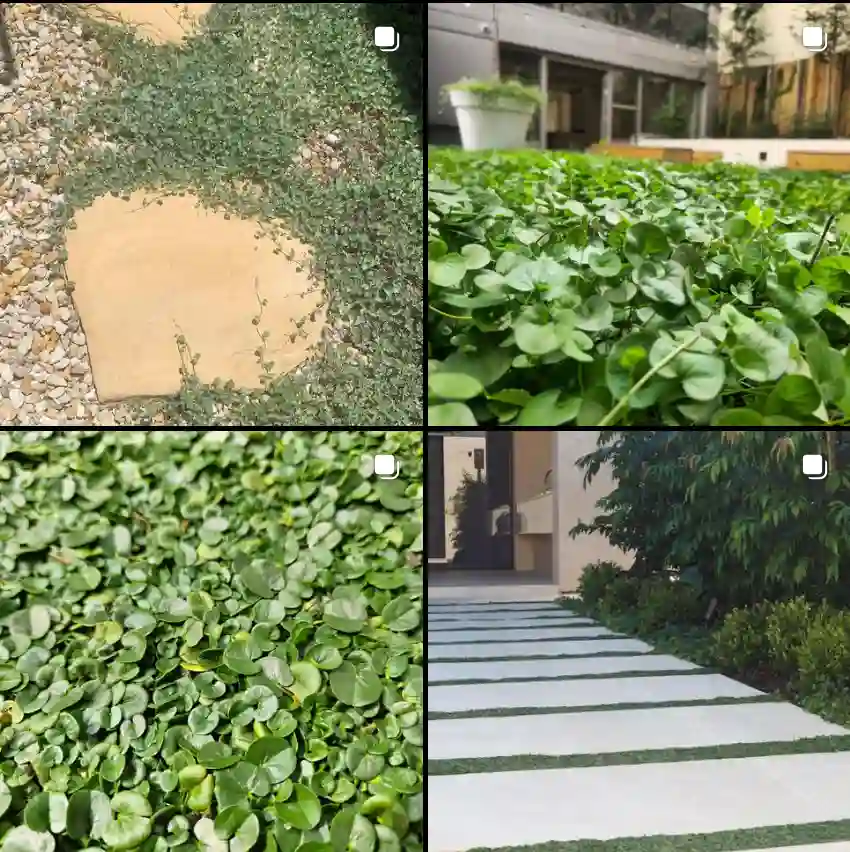Rhaphiolepis: A Deep Dive with Ferb Vu
As a plant enthusiast, I’m always fascinated by the diversity and beauty of the natural world. Today, I want to share my appreciation for a particular genus that has captured my attention: Rhaphiolepis. This group of evergreen shrubs and small trees, belonging to the rose family (Rosaceae), boasts a unique charm and offers a range of benefits for gardens and landscapes. Join me as we explore the captivating world of Rhaphiolepis.
Understanding Rhaphiolepis
Rhaphiolepis, pronounced raf-ee-oh-LEP-iss, is native to warm temperate and subtropical regions of East and Southeast Asia. Its range extends from southern Japan, Korea, and China, down to Thailand and Vietnam. These plants are closely related to loquats (Eriobotrya) and toyon (Heteromeles arbutifolia), and recent research suggests that Rhaphiolepis and Eriobotrya might even be merged into a single genus.
This genus is characterized by its attractive foliage, showy flowers, and ornamental berries. The leaves are typically leathery, dark green, and arranged alternately along the stems. The flowers, which bloom in spring, are usually white or pink and clustered in terminal panicles. They are often fragrant, adding another dimension to their appeal. Following the blossoms, small, dark-blue berries develop, providing visual interest and attracting birds.
Species within the Rhaphiolepis Genus
The Rhaphiolepis genus comprises around 15 species, each with its own unique characteristics:
- Rhaphiolepis indica (Indian Hawthorn): This is perhaps the most well-known species, widely cultivated for its ornamental value. It features white or pink flowers and is adaptable to various soil conditions. Plant FAQs: Indian Hawthorn – Rhaphiolepis Indica
- Rhaphiolepis umbellata (Yeddo Hawthorn): Native to Japan and Korea, this species is known for its hardiness and tolerance to salt spray, making it suitable for coastal areas. It has fragrant white flowers and attractive blue-black fruit. Plant FAQs: Rhaphiolepis Umbellata
- Rhaphiolepis ferruginea: This species is distinguished by its rusty-colored hairs on the leaves and young stems. It produces white flowers and is native to China.
- Rhaphiolepis salicifolia: With willow-like leaves, this species adds a unique texture to gardens. It is native to southern China.
- Rhaphiolepis brevipetiolata J.E.Vidal
- Rhaphiolepis integerrima Hook. & Arn.
- Rhaphiolepis jiulongjiangensis P.C.Huang & K.M.Li
- Rhaphiolepis lanceolata Hu
- Rhaphiolepis major Cardot
- Rhaphiolepis oblongifolia (Merr. & Rolfe) B.B.Liu & J.Wen
- Rhaphiolepis philippinensis (S.Vidal) Kalkman
- Rhaphiolepis wuzhishanensis W.B.Liao, R.H.Miau & Q.Fan
Cultivating Rhaphiolepis
One of the reasons for the popularity of Rhaphiolepis is its relative ease of cultivation. These plants are generally low-maintenance and can thrive in a variety of conditions. Here are some key considerations for growing Rhaphiolepis:
- Sunlight: While they prefer full sun, Rhaphiolepis can tolerate partial shade, especially in hotter climates.
- Soil: Well-drained soil is crucial. These plants are adaptable to different soil types, but good drainage is essential to prevent root rot.
- Water: Rhaphiolepis are drought-tolerant once established, but regular watering is beneficial during the first year of growth.
- Pruning: Pruning is generally minimal, mainly to maintain shape and remove any dead or diseased branches.
- Pests and Diseases: While generally hardy, Rhaphiolepis can be susceptible to fire blight, a bacterial disease, and Entomosporium leaf spot, a fungal disease. Proper care and cultural practices can help prevent these issues.
The Allure of Rhaphiolepis
Why am I so drawn to Rhaphiolepis? Their appeal lies in their versatility and aesthetic qualities. They can be used in various landscape settings, from foundation plantings and hedges to specimen plants and even container gardening. Their evergreen foliage provides year-round interest, while their spring blossoms offer a burst of color and fragrance. The subsequent berries add another layer of visual appeal and attract wildlife.
Moreover, Rhaphiolepis are relatively low-maintenance, making them a desirable choice for busy gardeners. Their hardiness and adaptability to different conditions further enhance their appeal. Whether you’re a seasoned gardener or just starting out, Rhaphiolepis can be a rewarding addition to your landscape.
Conclusion
In the realm of ornamental plants, Rhaphiolepis stands out as a genus that offers both beauty and practicality. Its diverse species, adaptability, and low-maintenance nature make it a favorite among gardeners and landscapers. As I continue to explore the world of plants, I’m certain that Rhaphiolepis will remain a cherished part of my horticultural journey.
If i die, water my plants!



